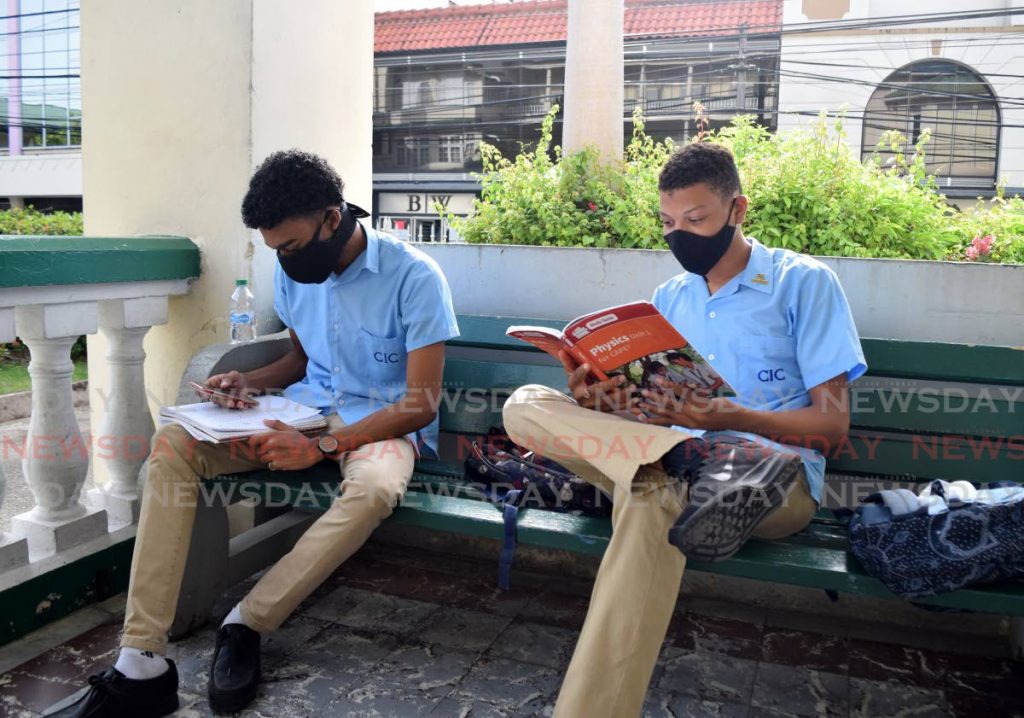Education in the balance

TOMORROW’S commemoration of the International Day of Education comes at a time when the very notion of education is in flux.
Minister of Education Dr Nyan Gadsby-Dolly, Health Minister Terrence Deyalsingh and technocrats met this week to address questions looming over the scheduled reopening of schools on February 8.
Guidelines have been drawn up, but in truth none of these officials have all the answers. Profound and complex issues loom. Long before the covid19 pandemic, the classroom of today looked nothing like the classroom of yesterday.
Computers, laptops, tablets, mobile phones, social media – they had already challenged the way information is disseminated and, in the process, disrupted the imparting of wisdom. The technology has begged the question: who gets to determine what students learn?
The scale of access – even considering the relic that is the Secondary Entrance Assessment examination ritual – is also dramatically different. There are more than 250,000 students and over 140 schools.
The abrupt closure of schools last year momentarily provided a reprieve from a litany of infrastructural deficiencies, security shortfalls and social problems such as violence against teachers, bullying among students and gang warfare in school communities.
At the same time, it brought home, literally, a raft of other issues. Child abuse and neglect, lack of proper nutrition, and problems when children are left unsupervised as parents go to work or in search of work – all have come to the fore.
The latest is the temptation to think the State should postpone the reopening of school until after the population is fully inoculated. After all, with several vaccines now available in theory, what is the harm of waiting a few more months until we achieve herd immunity?
But there are too many unanswered questions with regard to the State’s vaccination timeline. When are we getting them all? How many will eventually be covered? What system will be used to administer, store, and log them? How will the vaccines fare in the long run, especially with at least one new variant already here?
We are still being schooled. The ideal situation would be to vaccinate all schoolchildren. But a vaccine for children remains a work in progress; there is no certainty when one might come.
Until there are more definitive answers to all of these matters, the State should carefully consider the risks posed by reopening primary schools, even with guidelines for sanitation and class management in place. Younger children are not incapable of instruction; still, they pose the danger of being asymptomatic carriers.
Yet, with over 46,000 students missing out on online learning, according to data disclosed this week, a cohort of students is being left behind.
For now, the State should reopen only secondary schools and work with stakeholders to set up a special commission to target the primary school students before they become a missing generation.


Comments
"Education in the balance"